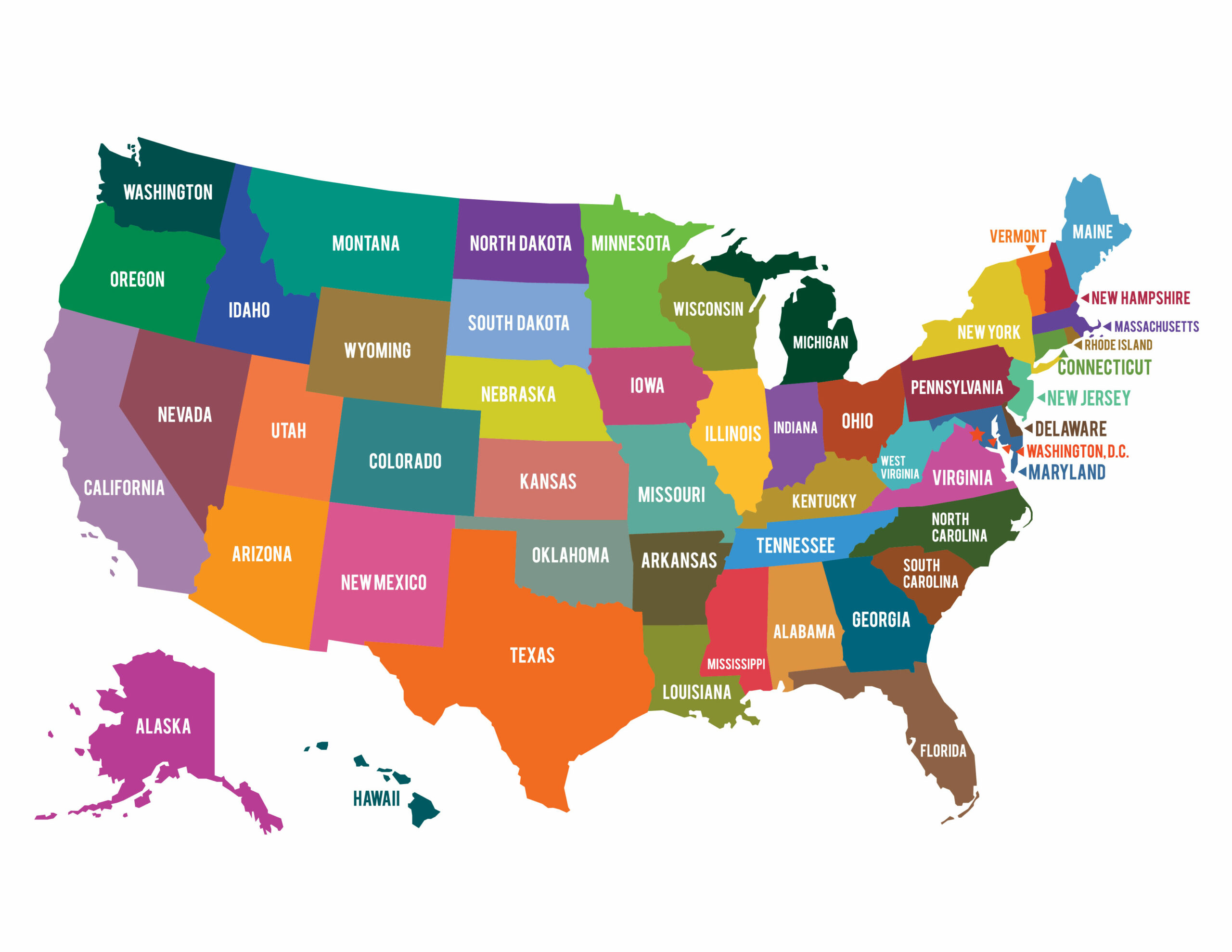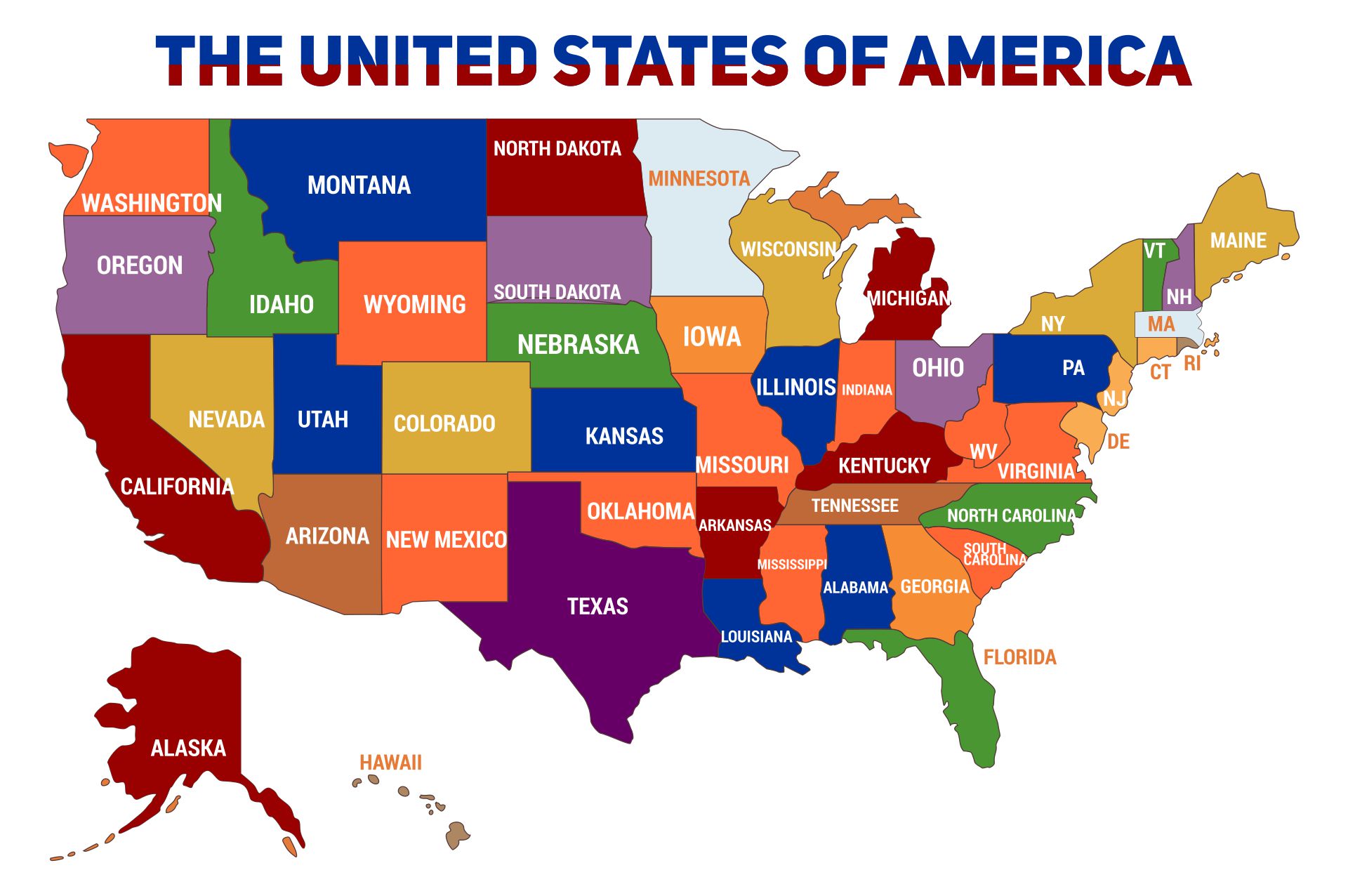What States Have The Highest Electoral Votes? Unpacking The Numbers
Have you ever wondered why some states seem to get more attention during presidential elections? It's often because of something called electoral votes. These votes are incredibly important, as they truly decide who becomes the next president. Understanding which states hold the most electoral weight can really help you make sense of the entire election process. It’s a big part of how our country picks its leaders, and knowing the basics can give you a clearer picture of what’s happening, you know.
The system of electoral votes, you see, is a unique aspect of American democracy. It's not just about the total number of individual votes cast across the country; instead, it's about how many electors each state gets to send to the Electoral College. These electors then cast the actual votes for president and vice president. So, in a way, it’s a system that gives a bigger voice to states with more people living in them, which is kind of interesting to think about.
Many people find the electoral vote system a bit puzzling, but it really comes down to population. Our own state information resources, for example, offer a "Population by state list for each of the 50 US states," which helps you "See which states have the most people and least people in order of population." This population data is, as a matter of fact, the core reason why some states end up with a much larger share of those crucial electoral votes than others. It’s all connected, you know, this idea of how many people live somewhere and how much political sway that place holds.
Table of Contents
- Understanding Electoral Votes: A Quick Look
- The Heavyweights: States with the Most Electoral Votes
- Why Population Matters for Electoral Votes
- The Impact on Elections and Campaigns
- People Also Ask About Electoral Votes
- Connecting with Our States
Understanding Electoral Votes: A Quick Look
The number of electoral votes a state has is determined by its total number of representatives in Congress – that’s its two senators plus its number of representatives in the House. The more people a state has, the more representatives it typically gets in the House, and therefore, the more electoral votes it has. This system, you see, is based on a count of residents that happens every ten years with the census. It’s how the country tries to keep things fair, more or less, based on where everyone lives. This method, basically, ensures that political representation keeps pace with demographic changes across the nation.
After each census, the electoral votes get a little bit shuffled around, reflecting shifts in where people are living across the nation. States that have grown a lot in population might gain votes, while those that have seen a decline might lose some. This adjustment is actually quite a big deal for presidential campaigns, as it changes the political map every decade. It makes sense, in a way, that the system would adapt to how the country itself changes, making sure, you know, that the electoral balance remains current.
The Electoral College itself consists of 538 electors in total. To win the presidency, a candidate needs to secure at least 270 of these electoral votes. This target number means that every single vote from every state counts towards that grand total. The allocation of these votes to each state is a precise process, so, it really highlights the importance of population counts. This system, arguably, creates a unique dynamic where not all votes are weighted equally in the final tally, which is something many people discuss.
This method of distributing votes dates back to the very beginnings of the United States. The founders, you know, wanted a system that balanced the will of the people with the rights of individual states. It was a compromise between electing the president by popular vote and electing the president by a vote in Congress. So, in some respects, the electoral vote system is a reflection of that historical balancing act, trying to give both large and small states a voice in the national election.
The Heavyweights: States with the Most Electoral Votes
When we look at which states carry the most weight in the Electoral College, we are, pretty much, looking at the states with the largest populations. These are the places where many people call home, and their collective voice, through their electoral votes, becomes very loud in national elections. It's interesting to see how these numbers play out, and how they shape the path to the presidency, you know. Campaigns spend a lot of time in these spots.
As of the reapportionment following the 2020 Census, which impacts elections from 2024 onward, some states really stand out. These figures are, generally speaking, what candidates focus on when they plan their visits and their advertising efforts. It’s where a lot of the action happens, you know, during those intense campaign seasons. The sheer number of people in these areas means a lot of potential voters to sway, which makes them incredibly valuable for any political effort.
The total number of electoral votes a state holds can change after each decennial census. This means the political landscape is not static; it shifts with the movement of people. For instance, states in the Sun Belt have generally seen increases in their electoral votes over recent decades, while some states in the Northeast and Midwest have seen decreases. This makes the electoral map a constantly evolving puzzle, basically, for political strategists.
California: The Golden State's Big Influence
California, with its huge population, is, without a doubt, the state with the most electoral votes. It currently holds 54 votes, which is a massive chunk of the 270 needed to win the presidency. This means that any candidate hoping to win the White House simply cannot ignore California. Our state information resources, for example, mention that "The state of California has 3 neighbors namely, Arizona, Nevada and Oregon," showing just how large and significant this state is, geographically and demographically. It’s a really big player, that, and its diverse population means a lot of different viewpoints to consider.
Because of its large number of votes, California is often a focus for campaign fundraising, even if the state itself tends to vote in a predictable way in presidential elections. Its sheer size means that candidates want to connect with its residents, and its economy is, apparently, a significant part of the national picture. So, you know, even if it's not always a swing state, it's still very important for overall campaign strategy and resources.
Texas: A Growing Political Force
Texas has seen significant population growth, and because of this, it gained electoral votes after the 2020 Census. It now boasts 40 electoral votes, making it the second-highest state. Its increasing influence means it’s a crucial battleground for both parties, and candidates often spend a lot of time and resources there. It’s a state that, apparently, is getting more and more important with each passing election cycle, as its demographic makeup continues to shift. This makes it a very exciting place to watch during an election.
The vast size of Texas, both in terms of land and population, presents unique challenges and opportunities for campaigns. Candidates must travel widely and address a wide range of local concerns, from urban centers to rural areas. This means, basically, that a successful campaign in Texas requires a broad appeal. Its economic output, too, is a big factor, making it a state that influences national policy discussions quite a bit.

50 US States List — Alphabetical Order (Word, PDF, Excel)

Printable Map Of The United States - Printable JD

Pin on Usa map